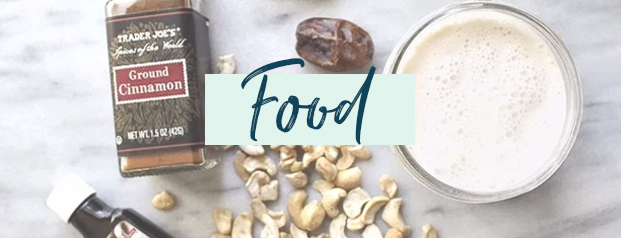Up until recently I was always very stingy with my oil use when cooking. I figured an easy way to save calories was to cut out (most of, or sometimes all) the oil which typically resulted in flavorless food. And when I was only cooking for myself, I’ll be honest, I didn’t really care if it lacked strong flavors. However, I’ve come to learn that adding in oils is not only important in flavoring and cooking food correctly, it’s not necessarily so bad for you, as long as you use the correct oils and keep an eye on your portions.
I came across this article posted on Clean Plates today which gives insight into what oils are best plus what to avoid. Here are the main takeaways:
The Good Oils:
Olive oil is a heart-healthy monounsaturated fat if you’re using a cold-pressed extra virgin variety. Best to use in it’s raw form as a salad dressing, but okay to cook with at lower temperatures.
Coconut oil is a better choice for cooking. Its saturated fat is composed of medium-chain fatty acids which, because our bodies can break them down faster, are easier to digest. This type of fat is rarely stored, but instead, burned for energy. It is still high in saturated fat and relatively high in calories, so use it in moderation.
Grapeseed oil is another oil that’s safe for cooking at high temperatures, as is macadamia nut oil. Grapeseed oil has a more neutral flavor than coconut and macadamia nut oils, so it’s a good choice if you’re looking for an oil that doesn’t impact the flavor of a dish like coconut oil will.
Remember that the more refined the oil, the worse it is for you. When purchasing oils, “cold pressed,” “expeller pressed,” “organic” and “non-GMO” are all good words to look for.
Check out the whole article HERE.










